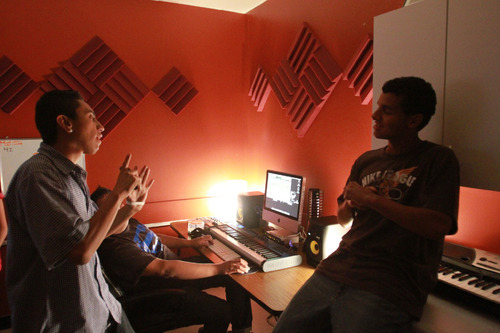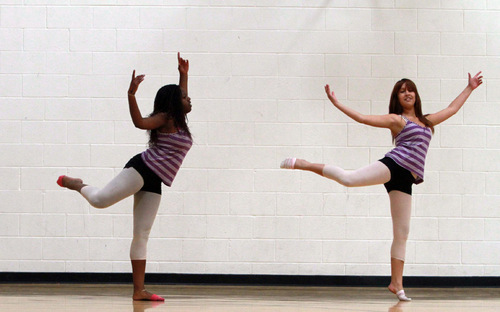This is an archived article that was published on sltrib.com in 2010, and information in the article may be outdated. It is provided only for personal research purposes and may not be reprinted.
They started with 18 members — and their office was in the trunk of a car. But the founders of the fledgling Utah Nonprofits Association felt they had an important goal: uniting a diverse community of organizations to create a more powerful and effective nonprofit sector.
Twenty years later, the association now includes 600 member organizations and, in a time of great economic challenges, has a mission its founders believe is more important than ever.
The association celebrated two decades of service at a Thursday gala held under a shadow of uncertainty about the future. As many as a third of Utah's nonprofits are at risk of shutting down in the near future, according to a recent report by Wells Fargo and the Community Foundation of Utah.
More than three-quarters of Utah's nonprofits — including every group that responds to health and human-service needs — reported an increase in the demand for help in 2009, the report said. In the same year, the number of dollars donated was down by nearly a third from the previous year.
And that could be just the beginning: So far this year, the report said, 64 percent of Utah's nonprofits have seen a decrease in donations and nearly half say they've lost a major funding source.
"We're feeling squeezed from all sides," said Judith Kasten Bell, executive director of the Utah Domestic Violence Council, which works to ensure abuse victims are protected and offenders are held accountable.
Bell said shelter services are in great demand, but state grants that fund those services have decreased in recent years. Meanwhile, she said, there is greater competition for other funding sources, especially coveted corporate and private foundation grants.
"The requests coming in for service are overwhelming the amount of dollars that are available," she said.
That's been equally true for Bob Dunn, director of the Boys & Girls Clubs of South Valley. His organization saw a $250,000 drop in donations between 2008 and 2009 and has cut staff positions and benefits as a result. Meanwhile, he said, the clubs' services — after-school, tutoring, arts and recreation programs for children from often-struggling families — are in more demand than ever.
Recently, he said, his organization has struggled to come up with enough cash to maintain programs, particularly since many government grants take months to reimburse the clubs for what they've spent.
"There have been a lot of times when we lose sleep over it," Dunn said.
Utah Nonprofits Association board Chairwoman Phyllis Hockett believes her organization's members are well-served by sticking together. Even though the group's members can be on opposite sides of an issue — its roster includes abortion-rights groups and anti-abortion organizations, for instance — the need for professional mentoring, training, legal and legislative support is universal.
"We are partners. We are friends," Hockett said at the Thursday celebration. "We have one another to count on."
For founding member Steven Ott, director of the Institute of Public and International Affairs at the University of Utah, it's all a matter of perspective.
When the association began, he said, Utah's nonprofits were part of "an invisible community," he said.
Looking out at hundreds of members of a community that no longer struggles to be seen, Ott said he was overwhelmed by pride and optimism.
"You can't imagine how exciting this is," he said.
Nonprofits, by the numbers
In a recent study of nearly 200 nonprofit organizations in Utah ...
100 percent of all health and human service agencies reported an increase of requests for assistance in 2009 — and 92 percent said demand rose again in 2010.
48 percent of all surveyed organizations reported a significant decline in corporate giving in 2009, and 46 percent reported a similar decline in foundation grants.
7 percent reported donations are down by 25 percent or more since January of this year.
45 percent of education-oriented nonprofits reported a decline in funding in 2010, compared with 61 percent of arts organizations and 75 percent of advocacy and civil rights groups.
14 percent of organization have no money in the bank, with some resorting to "payday loans" to help make payroll.
28 percent have six months of reserve capital on hand — the industry minimum for a "healthy" nonprofit.
Source: The Community Foundation of Utah





